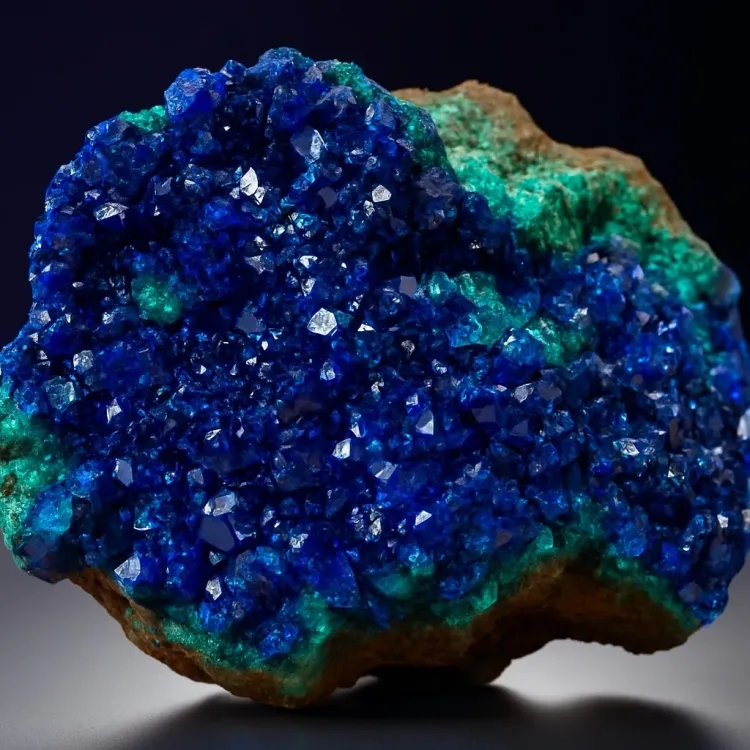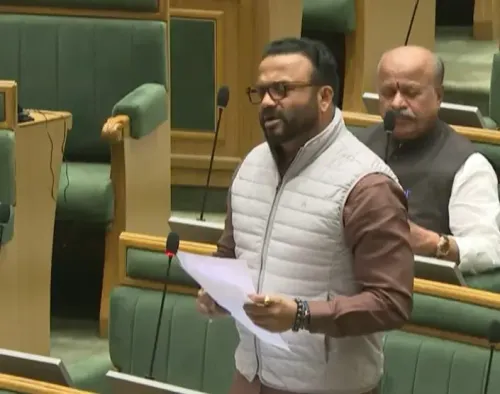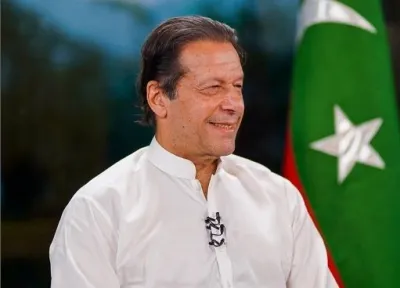Does India possess 8.52 million tonnes of rare earth elements?

Synopsis
Key Takeaways
- India holds 8.52 million tonnes of rare earth elements.
- Key states include Andhra Pradesh, Odisha, and Gujarat.
- Exported only 18 tonnes in the last decade.
- KABIL aims to acquire overseas mineral assets.
- Critical minerals are essential for electric vehicles and defense.
New Delhi, July 23 (NationPress) India holds approximately 7.23 million tonnes (MT) of Rare Earth Elements Oxide (REO) found in 13.15 MT monazite, a mineral comprising Thorium and Rare Earths. These resources are located in coastal beaches, teri and red sand, as well as inland alluvium across several states, including Andhra Pradesh, Odisha, Tamil Nadu, Kerala, West Bengal, Jharkhand, Gujarat, and Maharashtra. In addition, 1.29 MT of rare earths are present in hard rock formations in Gujarat and Rajasthan, as disclosed in Parliament on Wednesday.
The Atomic Minerals Directorate for Exploration and Research (AMD), part of the Department of Atomic Energy, is actively exploring and enhancing rare earth group elements in coastal, inland, and riverine placer sands, as well as hard rock terrains across various geological domains in India, stated Minister of State Dr. Jitendra Singh in a written reply to the Lok Sabha.
The Geological Survey of India (GSI) has reported an increase of 482.6 MT in REE ore resources across 34 exploration projects. Over the past decade, India has exported a total of only 18 tonnes of rare earth minerals, with no imports reported, the minister further elaborated.
Dr. Singh also mentioned that the Ministry of External Affairs is actively collaborating with key stakeholders to address challenges stemming from export restrictions on rare earth magnets imposed by certain nations.
"Bilateral and multilateral discussions are ongoing to enhance cooperation in the peaceful applications of nuclear energy, including rare earth minerals and technologies. These initiatives aim to minimize supply chain disruptions and protect the interests of Indian importers," the minister explained.
The Ministry of Mines is dedicated to ensuring supply chain resilience for critical minerals, as they are essential for industries such as electric vehicles, renewable energy, and defense. Efforts are being made to foster bilateral cooperation with nations rich in mineral resources.
The Ministry has signed agreements with various countries, including Australia, Argentina, Zambia, Peru, Zimbabwe, Mozambique, Malawi, and Cote D’Ivoire, along with international organizations like the International Energy Agency (IEA), Dr. Singh indicated.
Furthermore, the Ministry of Mines is participating in numerous multilateral and bilateral forums, such as the Minerals Security Partnership (MSP), the Indo-Pacific Economic Framework (IPEF), and the initiative on Critical and Emerging Technologies (iCET), to strengthen the critical minerals value chain, he clarified.
Additionally, the Ministry has established Khanij Bidesh India Limited (KABIL), a joint venture aimed at identifying and acquiring overseas mineral assets of critical and strategic importance, particularly focusing on minerals like Lithium and Cobalt.
KABIL has already signed an Exploration and Development Agreement with CAMYEN, a state-owned enterprise in Catamarca province, Argentina, to explore five lithium blocks. The company is also engaging with the Critical Mineral Office in Australia to acquire critical and strategic mineral assets.
Moreover, the Ministry has initiated Government to Government (G2G) Memorandum of Understandings (MoUs) with Brazil and the Dominican Republic to enhance cooperation in rare earth and critical mineral fields. These MoUs aim to establish a comprehensive framework for research, development, and innovation in mining, particularly focusing on rare earth elements (REE) and critical minerals, the minister noted.
Critical minerals such as Lithium, Graphite, Cobalt, Titanium, and rare earth elements are highly sought after due to their strategic applications across various sectors, including electric vehicles, renewable energy, and defense. The Ministry of Mines has implemented significant policy reforms to ensure supply chain resilience for these critical sectors, the minister concluded.










